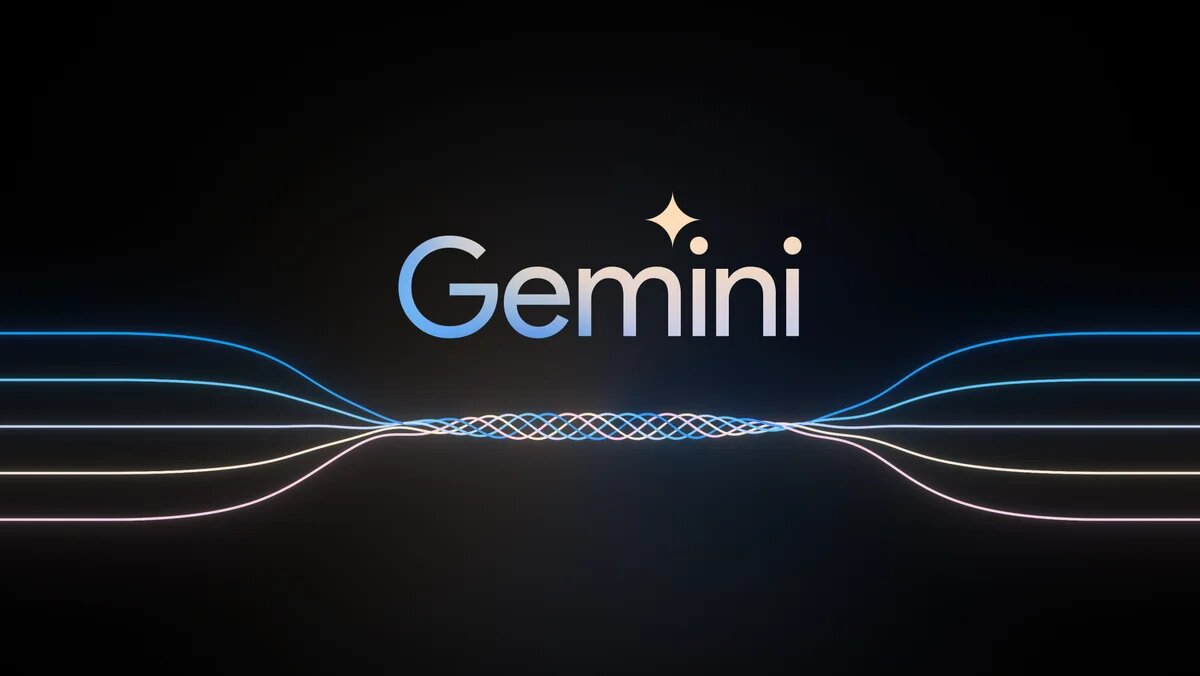In the ever-evolving landscape of artificial intelligence, Gemini AI stands out as a fascinating and powerful approach to machine learning. With its roots deeply embedded in neural network architectures and advanced algorithms, gemini ai free has garnered attention for its ability to tackle complex tasks with remarkable efficiency and accuracy. In this blog post, we’ll delve into the core principles and algorithms that underpin Gemini AI, aiming to demystify its workings and shed light on its potential applications.
Unraveling the Essence of Gemini AI
At its core, Gemini AI is inspired by the duality of human cognition, mimicking the interconnected nature of left and right brain functions. Just as the left hemisphere specializes in analytical and logical reasoning while the right hemisphere excels in creativity and intuition, Gemini AI leverages two complementary networks to process information and make decisions.
The fundamental idea behind Gemini AI is to foster synergy between different neural network architectures, each specializing in distinct aspects of problem-solving. By harnessing the strengths of both networks and facilitating cross-communication, Gemini AI achieves superior performance across a wide range of tasks, from image recognition and natural language processing to predictive analytics and autonomous systems.
The Twin Networks of Gemini AI
- Analytical Network: The first component of Gemini AI is the analytical network, which embodies the logical and methodical aspect of problem-solving. This network is designed to handle structured data, perform precise calculations, and discern patterns through rigorous analysis. Equipped with convolutional layers, recurrent units, and attention mechanisms, the analytical network excels in tasks that require systematic reasoning and computational precision.
- Intuitive Network: In contrast to the analytical counterpart, the intuitive network embodies the intuitive and holistic aspect of problem-solving. Drawing inspiration from the human brain’s associative and imaginative processes, this network specializes in processing unstructured data, extracting contextual cues, and generating creative insights. With its deep hierarchical architectures, memory modules, and generative models, the intuitive network excels in tasks that demand contextual understanding, creativity, and adaptability.
Synergistic Learning and Cross-Communication
What sets Gemini AI apart is its emphasis on synergistic learning and cross-communication between the twin networks. Rather than operating in isolation, the analytical and intuitive networks collaborate dynamically, exchanging information, refining hypotheses, and augmenting each other’s capabilities. Through iterative feedback loops and adaptive mechanisms, Gemini AI navigates complex problem spaces with flexibility and resilience, leveraging the collective intelligence of its constituent networks.
The Algorithms Behind Gemini AI
While Gemini AI encompasses a diverse array of algorithms and techniques, several key methodologies form the bedrock of its architecture:
- Dual Path Networks: Dual Path Networks (DPNs) serve as the foundational framework for Gemini AI, enabling the simultaneous processing of structured and unstructured data streams. By maintaining separate pathways for analytical and intuitive processing, DPNs facilitate parallel computation and synergistic integration of diverse information sources.
- Attention Mechanisms: Attention mechanisms play a crucial role in Gemini AI, enabling selective focus and context-aware processing across different modalities. By dynamically allocating computational resources to salient features and relevant contexts, attention mechanisms enhance the efficiency and interpretability of Gemini AI models, enabling nuanced decision-making and fine-grained analysis.
- Transfer Learning and Meta-Learning: Gemini AI leverages transfer learning and meta-learning techniques to generalize knowledge across domains and adapt to novel environments. By distilling insights from past experiences and synthesizing new knowledge from limited data, Gemini AI exhibits robustness and scalability in real-world applications, mitigating the challenges of data scarcity and domain shift.
Applications of Gemini AI
The versatility and adaptability of Gemini AI make it well-suited for a wide spectrum of applications across various domains:
- Healthcare: Gemini AI can assist in medical diagnosis, drug discovery, and personalized treatment planning by analyzing diverse data modalities such as medical images, genomic sequences, and clinical records.
- Finance: In the financial sector, Gemini AI can enhance risk management, fraud detection, and portfolio optimization by analyzing market trends, customer behavior, and macroeconomic indicators.
- Autonomous Systems: Gemini AI powers autonomous vehicles, robotics, and smart infrastructure by integrating sensor data, environmental cues, and predictive analytics to enable real-time decision-making and adaptive control.
- Natural Language Understanding: In natural language processing, Gemini AI can facilitate language translation, sentiment analysis, and conversational agents by extracting semantic meaning, contextual nuances, and linguistic patterns from textual data.
Conclusion
In conclusion, Gemini AI represents a groundbreaking paradigm in artificial intelligence, harnessing the duality of analytical and intuitive reasoning to tackle complex problems with unparalleled sophistication and insight.
